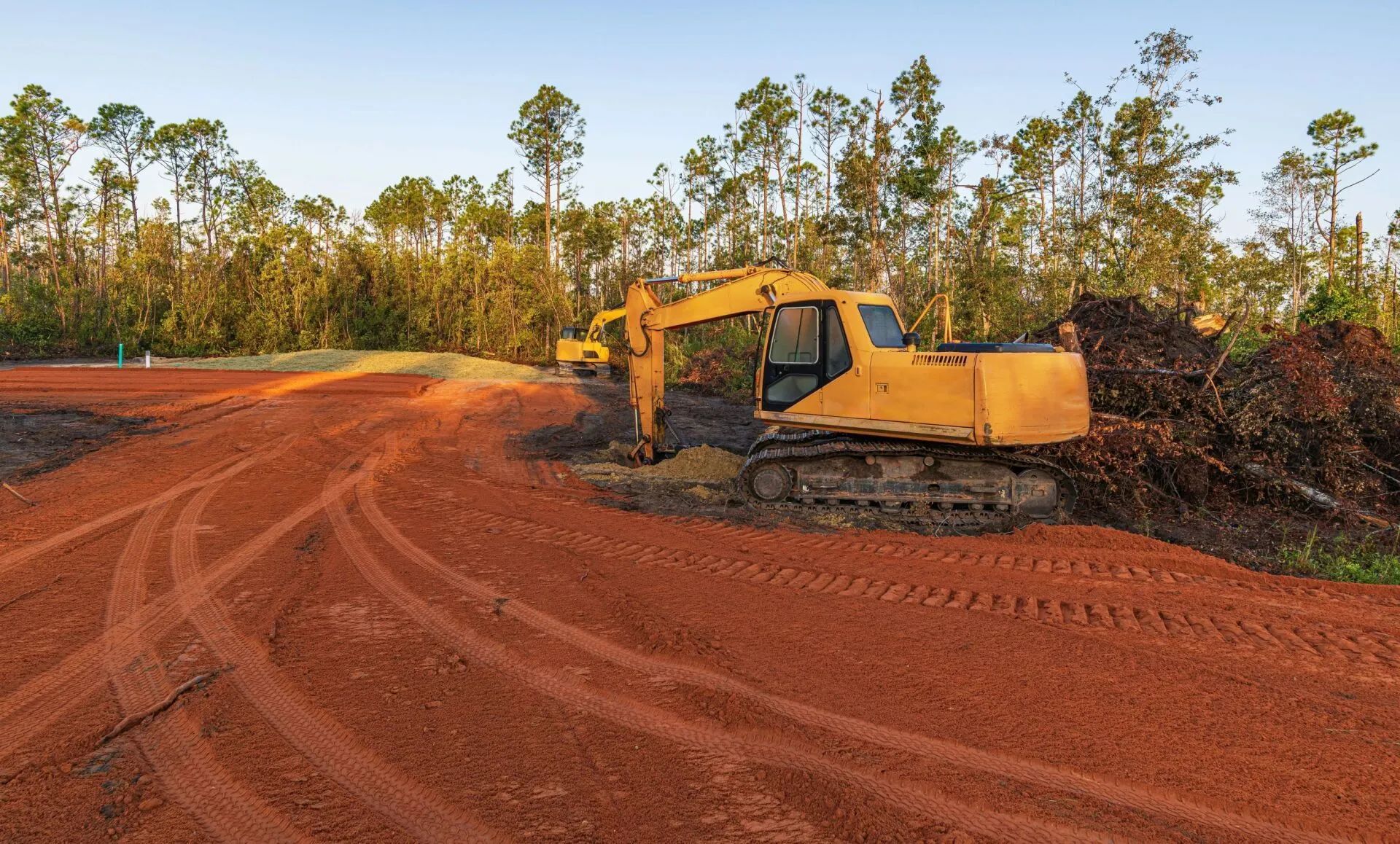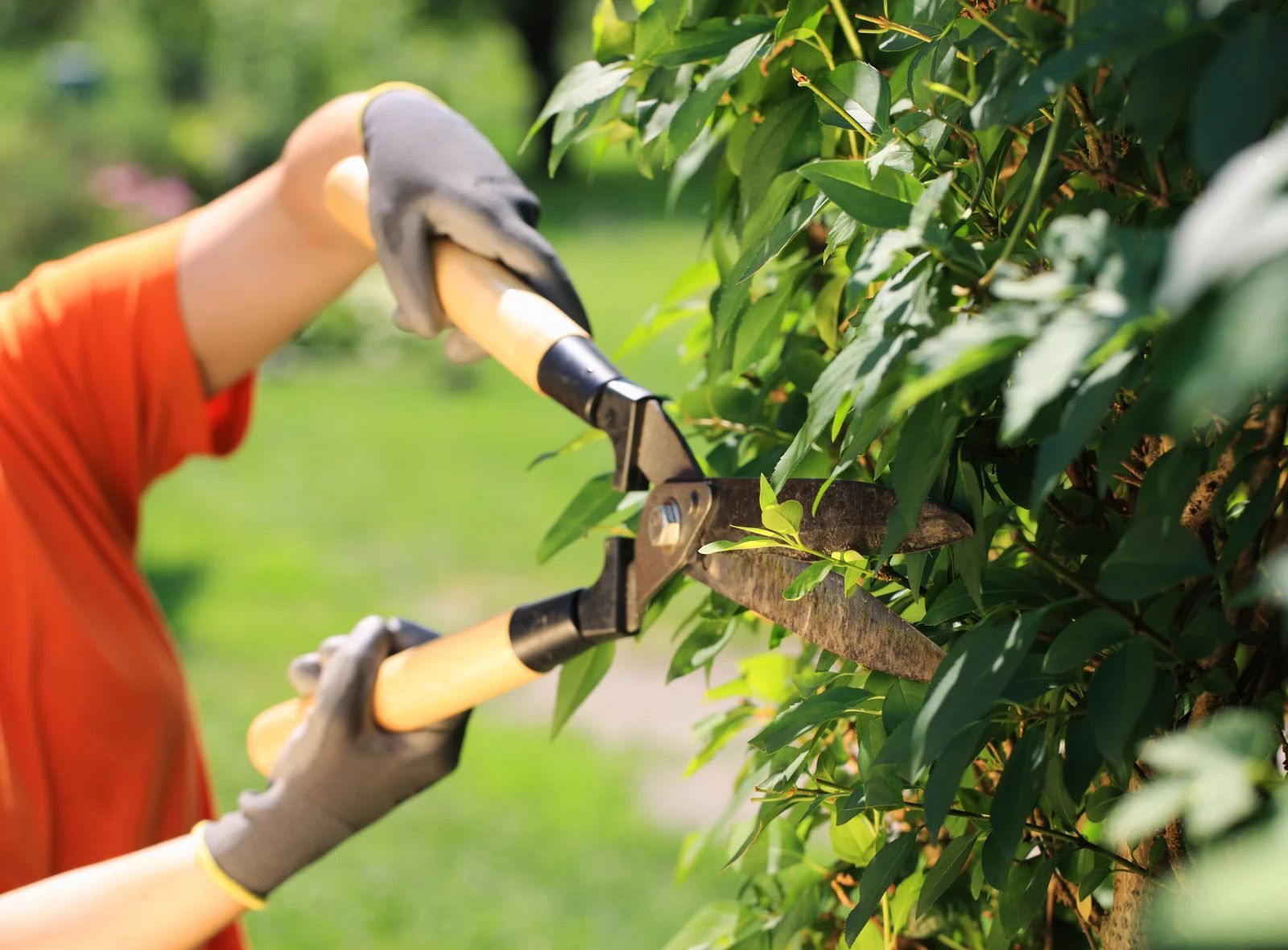Top 5 Signs Your Tree is a Safety Hazard
Trees add beauty, shade, and value to any property, but they can also become dangerous liabilities if not properly maintained. Recognizing the warning signs of a hazardous tree is crucial for homeowners and property managers. Left unchecked, a compromised tree can pose serious risks to structures, power lines, and personal safety. Here are the top five signs your tree may be a safety hazard that needs immediate attention.
1. Visible Cracks or Splits in the Trunk
Cracks or splits in a tree trunk or major limbs can be a clear sign of internal damage or weakness. These structural problems may develop over time due to storm damage, disease, or natural aging. Large, deep splits compromise the tree’s integrity and increase the risk of falling limbs or a complete collapse, especially during strong winds or heavy rain. If you spot a crack running vertically along the trunk or at branch junctions, it’s time to consult a professional arborist.
2. Dead or Hanging Branches
Dead branches are more than just an eyesore—they're a major red flag. These limbs are brittle, lack flexibility, and are prone to breaking off without warning. Hanging or partially detached branches, sometimes referred to as “widow-makers,” can fall and cause injury or property damage. Trees with a significant number of dead limbs, especially in the upper canopy, need evaluation to determine if pruning or removal is necessary.
3. Leaning or Unstable Posture
While not all leaning trees are hazardous, a sudden or worsening tilt can be a sign of root instability or weakening of the trunk. A tree that begins to lean after a storm or shows exposed roots at its base may be in danger of falling. Trees leaning toward structures, roads, or play areas are especially concerning. An experienced tree service can assess the root system and determine if the tree can be saved or if removal is the safest option.
4. Fungal Growth at the Base
Mushrooms or fungal conks growing at the base of a tree often indicate internal decay. Fungi thrive in rotting wood, which may mean the core of the tree is compromised. Decay can occur over many years and isn’t always visible on the surface. However, the presence of fungi is a warning that the tree’s structural strength may be deteriorating. A tree with internal rot is much more susceptible to collapse.
5. Significant Leaf Loss or Discoloration
If your tree is losing leaves during its growing season or showing unusual discoloration, it may be under stress from pests, disease, or root damage. While some seasonal leaf drop is normal, premature or widespread loss can signal a deeper issue. Pay attention to bare patches, thinning canopies, or leaves that are yellowing or browning too early—these are often signs of a tree in decline.
If you’ve noticed any of these warning signs on your property, don’t wait until it’s too late. Trust the professionals at J & J Stump & Tree Removal, proudly serving Salem, OR, with over 30 years of experience. Our team specializes in assessing, trimming, and tree removal to keep your home and family safe. Call us today for a free tree health evaluation and peace of mind.





